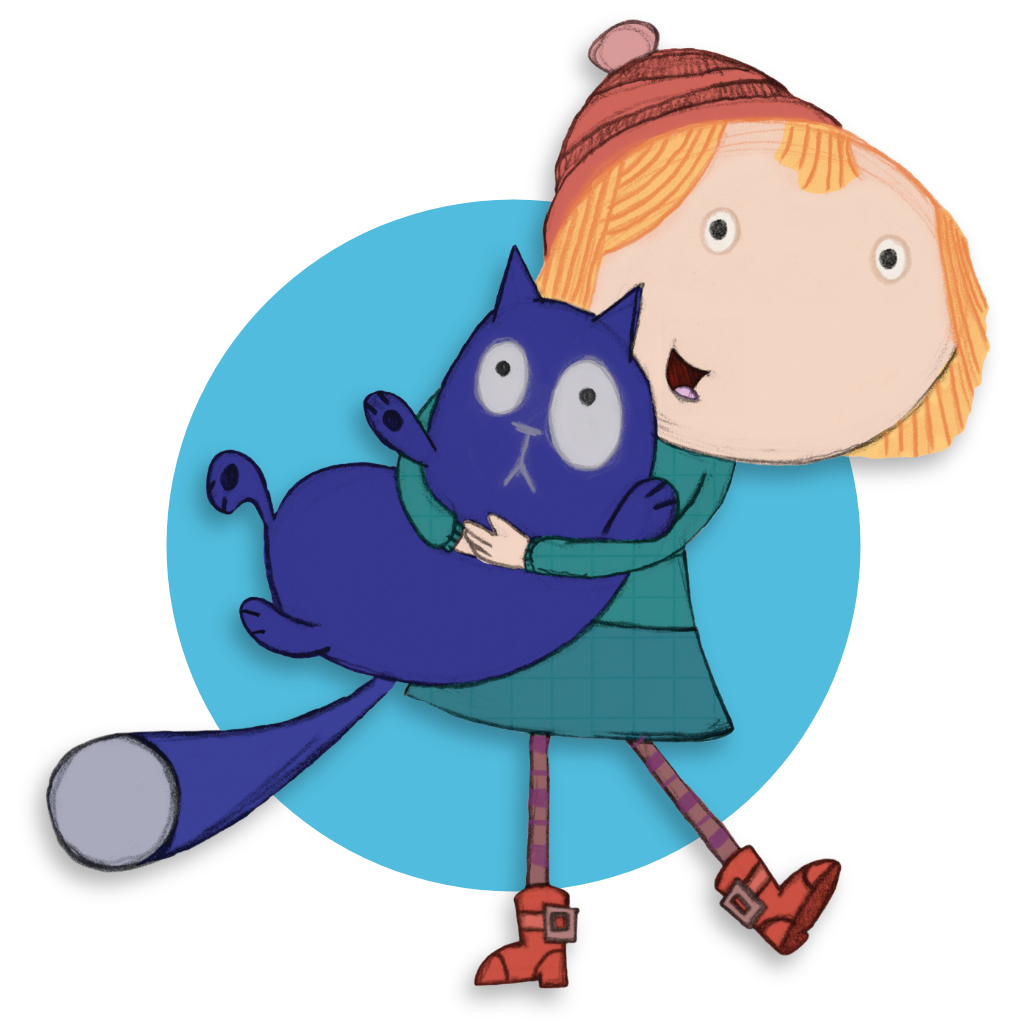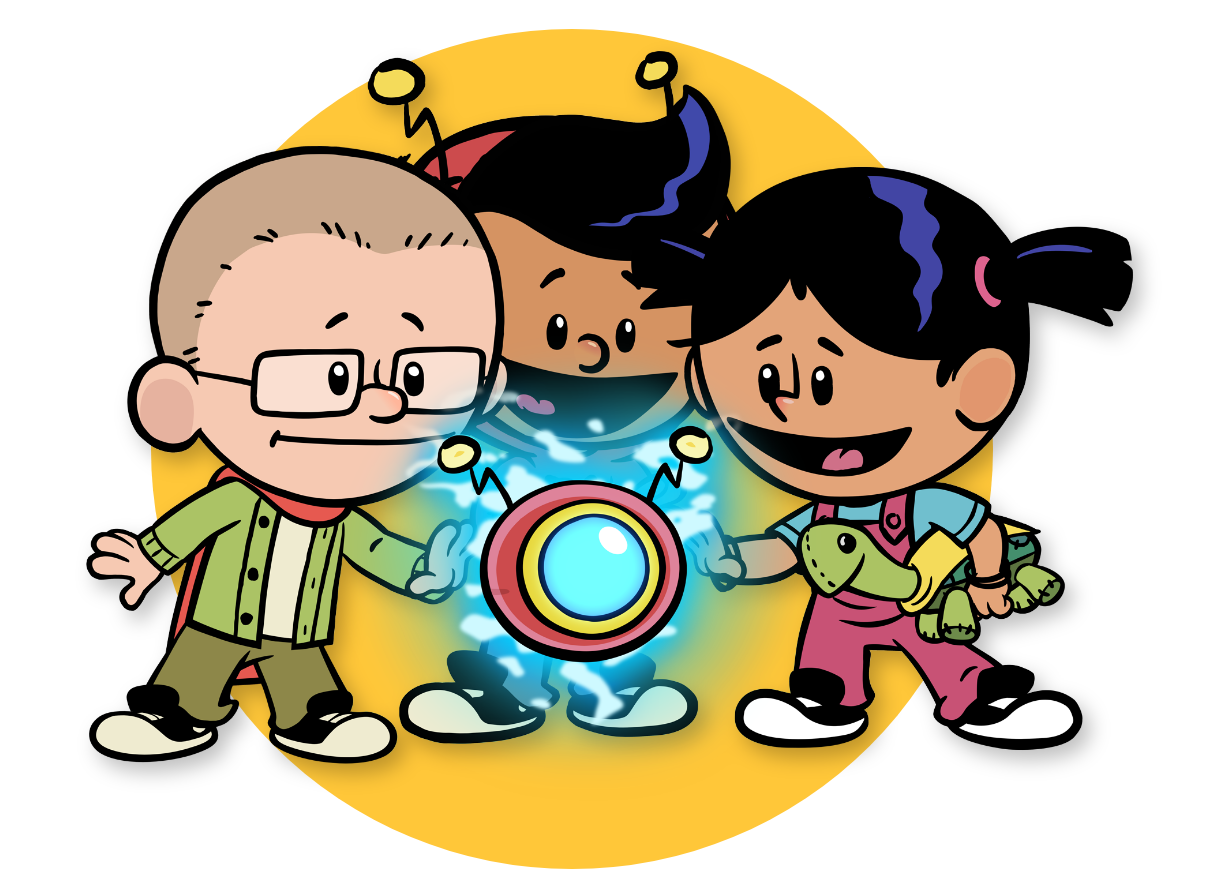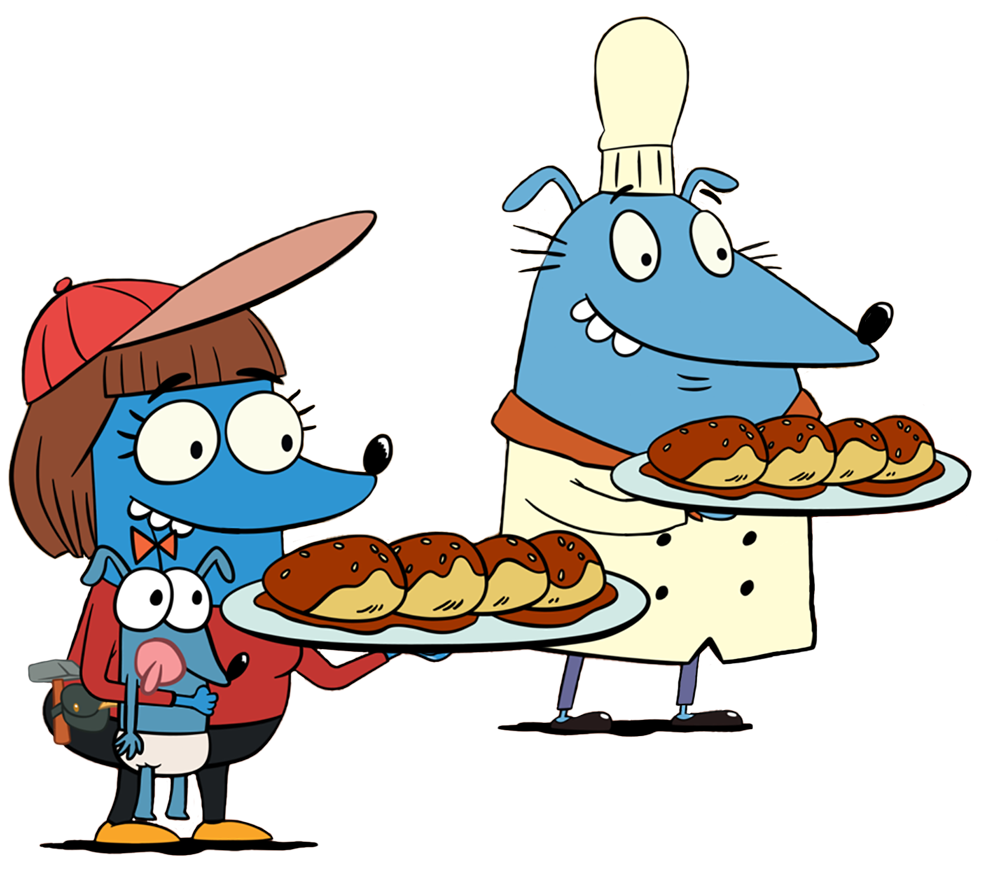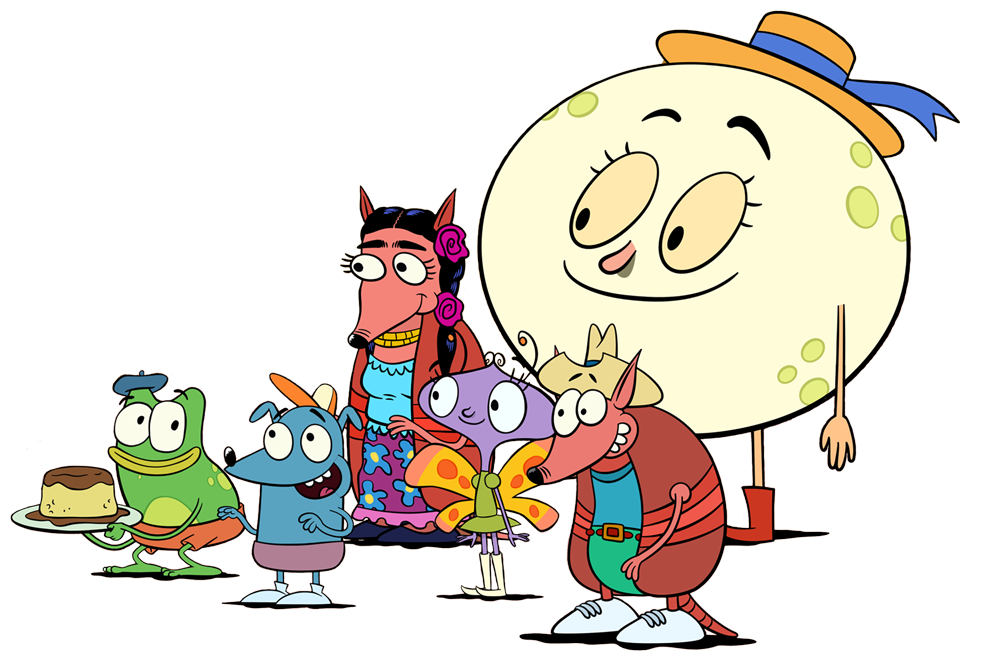Language and Literacy | Resources | WTTW Kids Learn & Play
Language and Literacy
While reading and writing are the building blocks of learning, younger children need to acquire skills to help them use language to communicate ideas, thoughts, and feelings. To properly communicate, students must first learn how to listen and understand language. Attaining proper communication skills will lead to discovering new words and strengthening text comprehension.
Communication and Use of Language
Every experience and object is inherently new and interesting to a young child. By learning to be curious and ask questions, children discover new people, places, things, and experiences that broaden their minds. These activities, videos, and books encourage discovery and curiosity in the growing world of a preschool child.
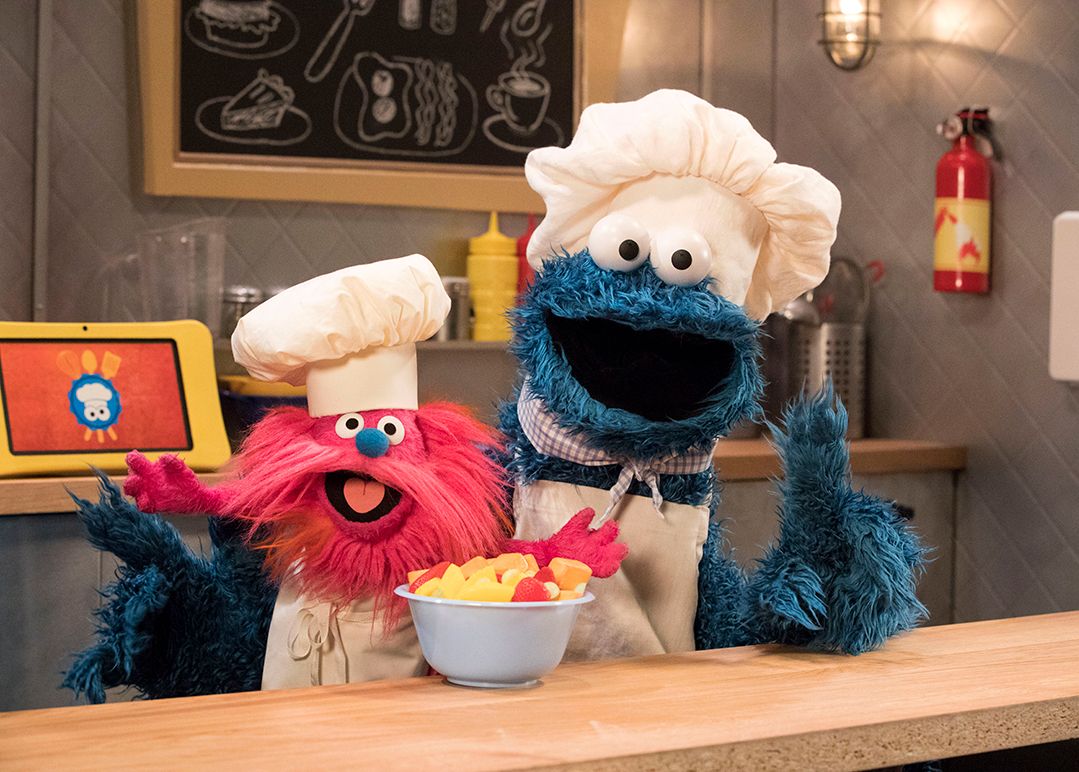
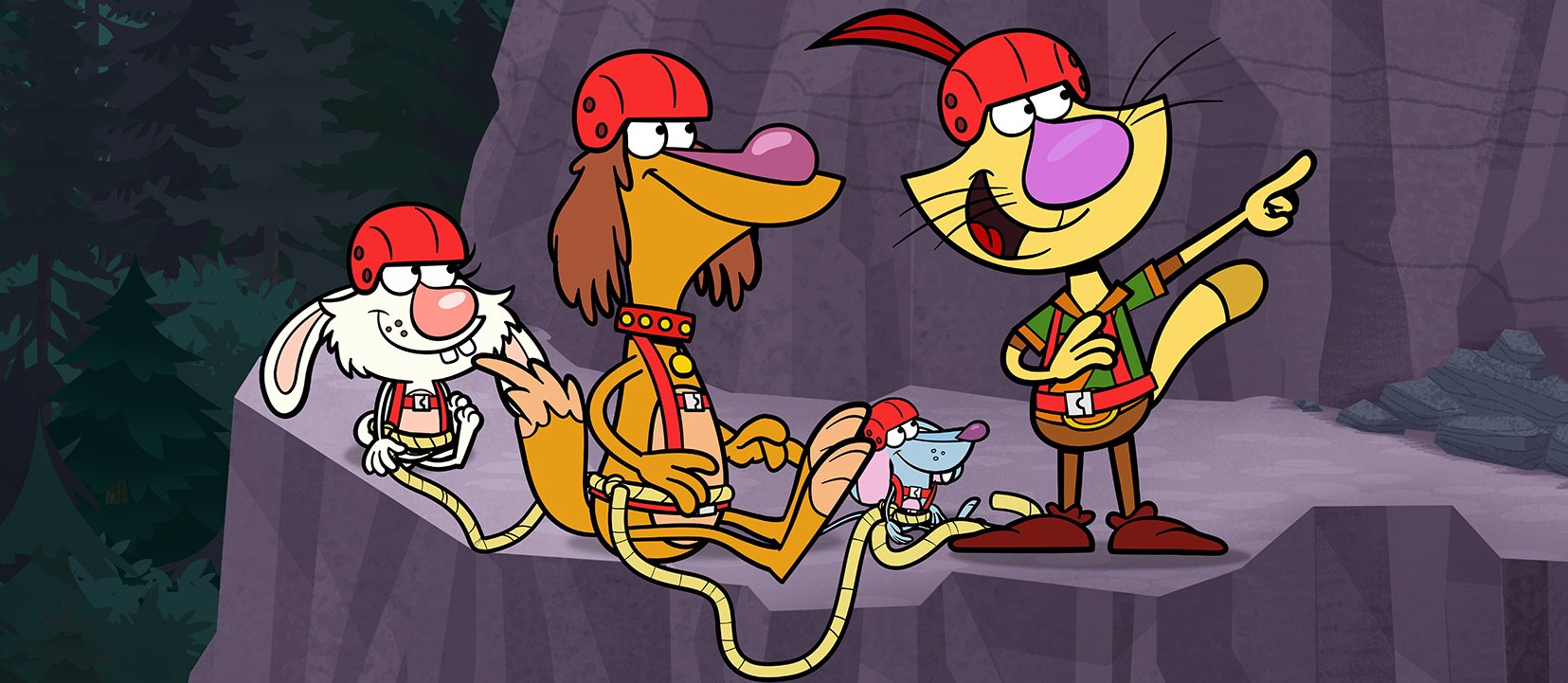
I Spy
Use the most descriptive words you can to help others spy objects in the space where you are.
Go to activity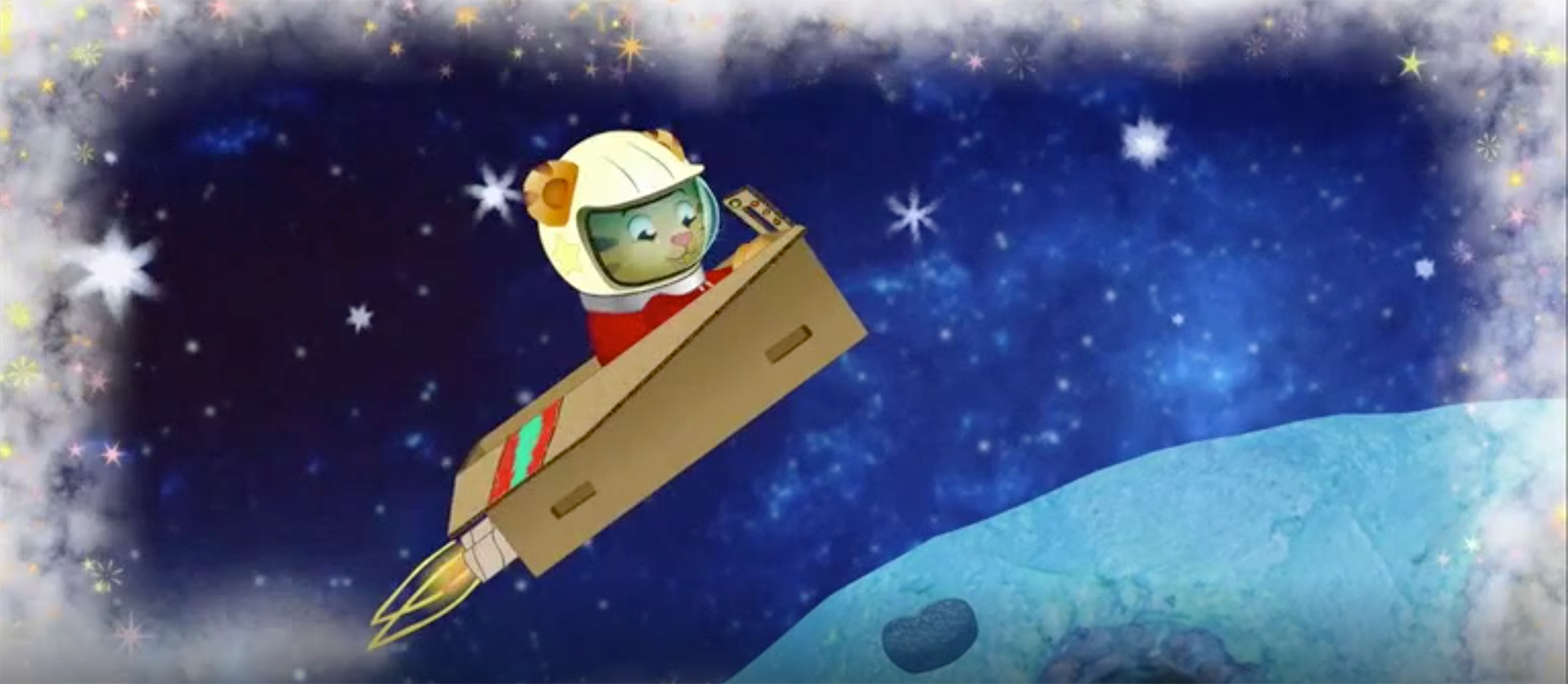
Let's Pretend
Use your imagination and storytelling skills to create new worlds, characters, and situations from random clothing and household items.
Go to activityRelated Children's Books
- Brown Bear, Brown Bear, What Do You See? by Bill Martin Jr. and Eric Carle
- Little Blue Truck by Alice Schertle
- Over Where? A Search-and-Find Adventure by Mary Maier
- Go, Dog. Go! by P. D. Eastman
Reciprocal Communication
While most children entering school know what it means to speak and listen, few, if any, understand how mastering those skills will make them better communicators and learners later in life. These activities, videos, and books encourage young children to combine watching, listening, and speaking to better understand the people, places, things, and ideas in the world around them.

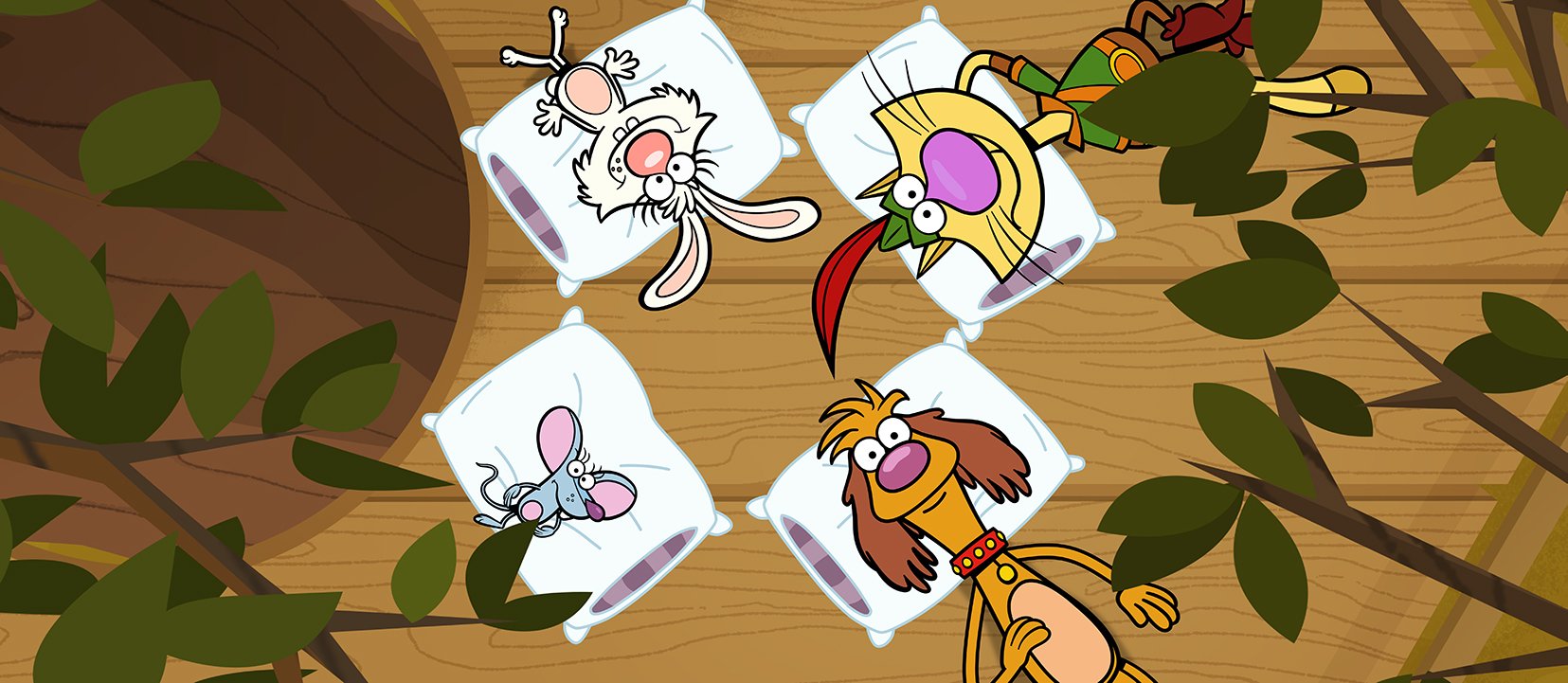
Watch, Listen, and Speak
Discover why your eyes, ears, and mouth are important when you are making friends or learning something.
Go to activity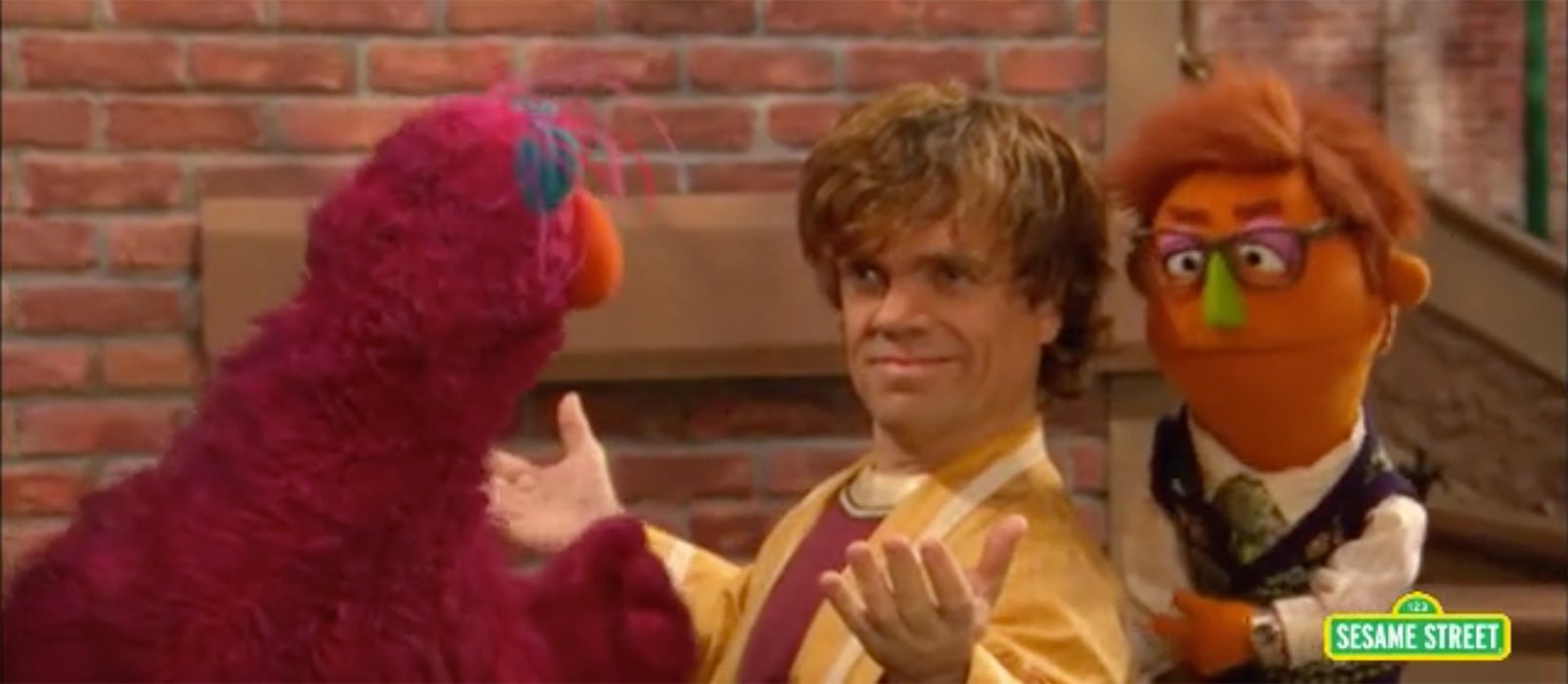
Simon Says
Visit Sesame Street and attend a Simon Says competition with Telly before trying for your own chance to be crowned Simon Says Champion!
Go to activityRelated Children's Books
- Howard B. Wigglebottom Learns to Listen by Howard Binkow
- Lacey Walker, Nonstop Talker by Christianne C. Jones
- Telephone by Mac Barnett
- Amelia Bedelia by Peggy Parish
- David Gets in Trouble by David Shannon
- My Mouth Is A Volcano by Julia Cook
Comprehension of Texts
Sequencing is an important pre-reading skill. Young children that can follow the order of events in a story can learn how to follow directions and better understand written texts, necessary steps in becoming effective lifelong learners. These activities, videos, and books reinforce the importance of putting events in chronological order to further develop fundamental reading comprehension skills.
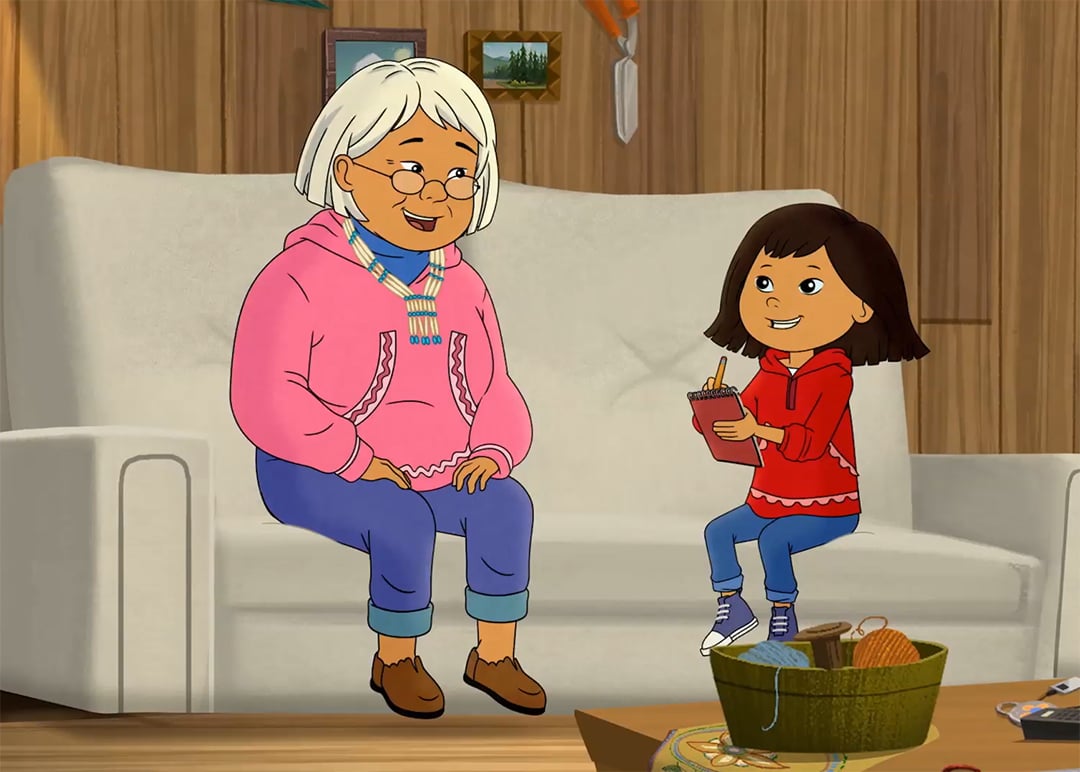

Which Comes First?
Put events in chronological order to help Nature Cat and his friends determine who might have taken Nature Cat’s statue and explore why it is important to know the order in which events happen in a story.
Go to activityRelated Children's Books
- The Giving Tree by Shel Silverstein
- Tumford the Terrible by Nancy Tillman
- The True Story of the 3 Little Pigs! by Jon Scieszka
- How I Became a Pirate by Melinda Long
- Miss Nelson is Missing! by Harry Allard
Phonological Awareness
Phonological awareness is an understanding of how individual sounds make up words and how different words can be created by changing and manipulating individual sounds. These activities, videos, and books inspire young children to play with sounds to create new words and build a larger vocabulary in their critical foundational years.
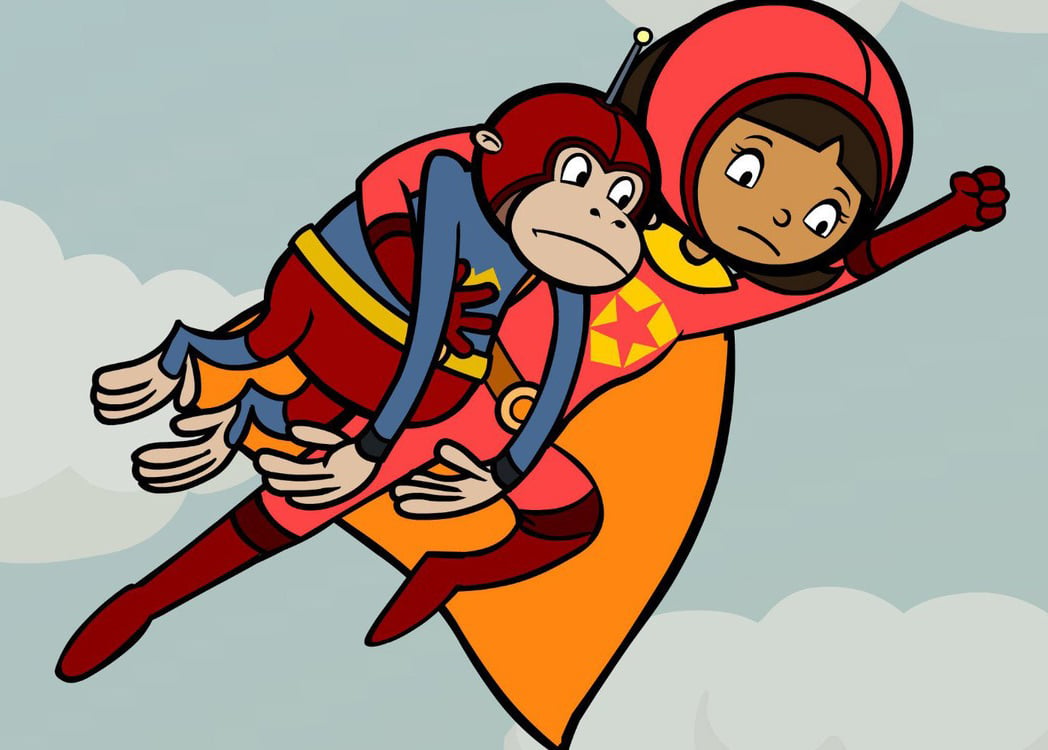
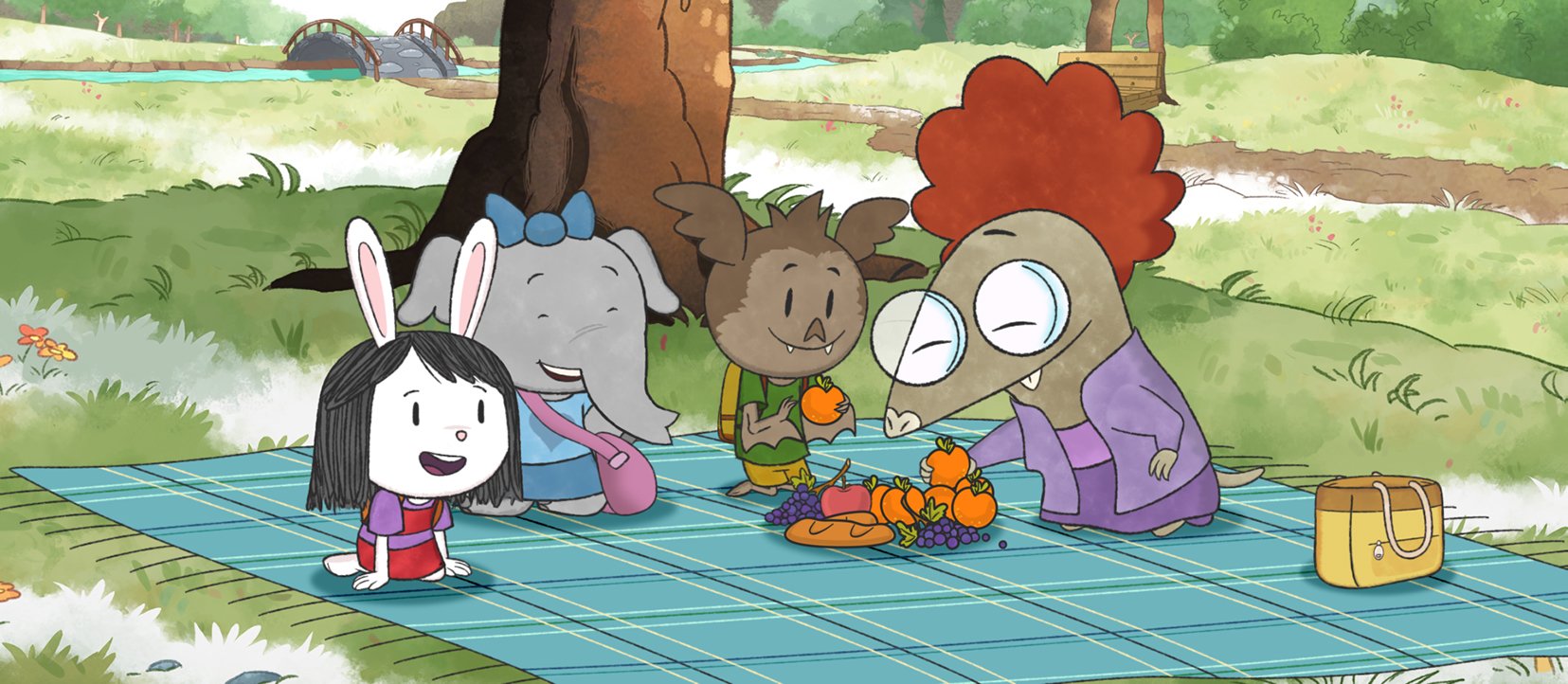
Picnic Patrol
Find the most words that begin with the same letter at the picnic to win the game!
Go to activityRelated Children's Books
- The Giving Tree by Shel Silverstein
- Tumford the Terrible by Nancy Tillman
- The True Story of the 3 Little Pigs! by Jon Scieszka
- How I Became a Pirate by Melinda Long
- Miss Nelson is Missing! by Harry Allard


